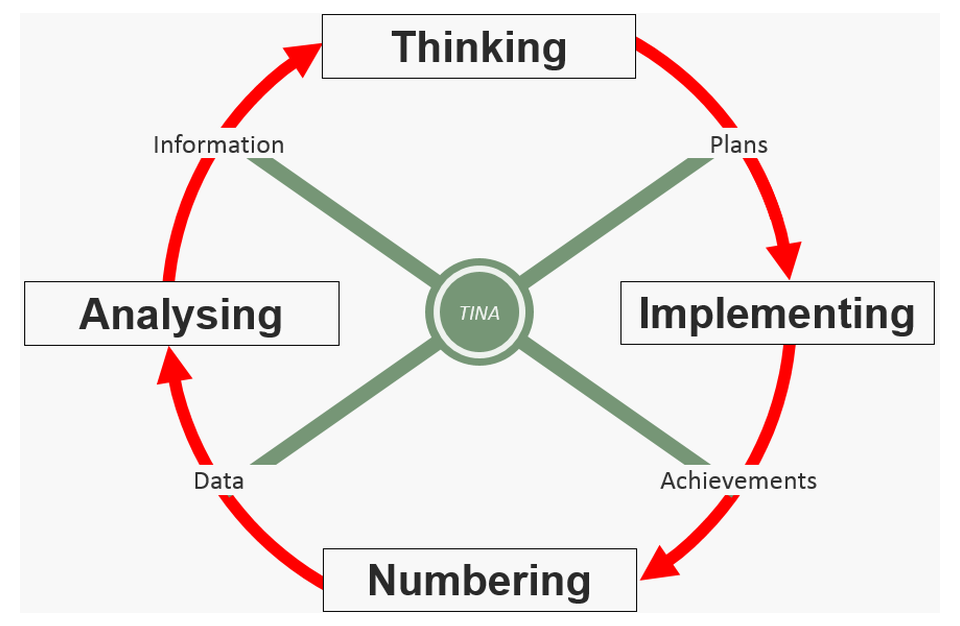Running a business is hard.
Starting a new business from scratch and then running it is harder.
Starting a new business from scratch and then running it so that it survives beyond the first few years is hardest.
It is also a very brave decision.
25% to 35% of new start—up businesses fail within in the first two years
Depending on which set of figures you look at, somewhere in the region of 25% to 35% of new start—up businesses fail within in the first two years. That is not a piece of information that will comfort the new business owner. However, there is a great deal of information available regarding why these businesses failed and the good news is that avoiding many of the pitfalls is relatively straightforward. So, let’s have a look at some of the more common reasons for business failure:
- Lack of management skills
- A lack of proper planning
- Failure to identify the target market or customer correctly
- Poor marketing strategy
- Not enough money available
Now, let’s be clear, when I said that avoiding these pitfalls was ‘straightforward’, I didn’t mean that it will be ‘easy.’ Climbing Mount Everest is straightforward; you just keep putting one foot in front of the other until you reach the top, but no—one would say that it was ‘easy’! It’s the same in business, there are straightforward actions that you can take to steer away from the pit, the failure abyss, but I’m not going to try and convince you that it’ll be easy. Quite the reverse, in fact. Running a business is hard, but the rewards are great.
This course is aimed at people who are running businesses and want to still be running a business a few years from now. That includes everyone from those planning to start a new business through to those who’ve been through the initial set—up and are hoping to create a stable operation. From those that own the business through to those employed to run someone else’s operation. Regardless, you are in charge and I’ll keep referring to ‘your business’ because the buck stops with you.

This course will address at least some of the reasons that businesses fail by providing you with tools that’ll help you to manage your business, your people and your customers The aim is to increase the chance that your business doesn’t only survive the early years, it positively thrives and continues successfully into the future. The main learning tool that we’ll use for this is the Management Steering Wheel, otherwise known as TINA: Thinking, Implementing, Numbering and Analysing.
TINA is a method of managing that works across the board because it is founded on management best—practice as defined in various international management system standards. If you don’t know what that means, then go and look it up at www.iso.org , I’ll wait for you. Done? Okay, let’s move on.
TINA will help you to manage almost any kind of business (from accountancy to zoo keeping) and any management situation (from managing customer expectations through to motivating your team). We’ll go through TINA’s structure in detail in Chapters 3 through 6, but for now, just accept that survival will be more probable if you plan and your plan will be better if it’s based on fact rather than fiction.
